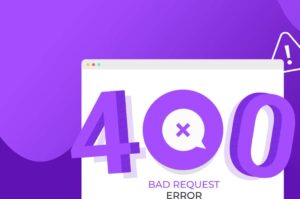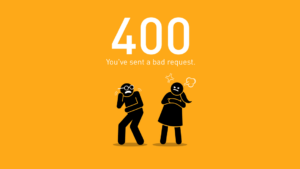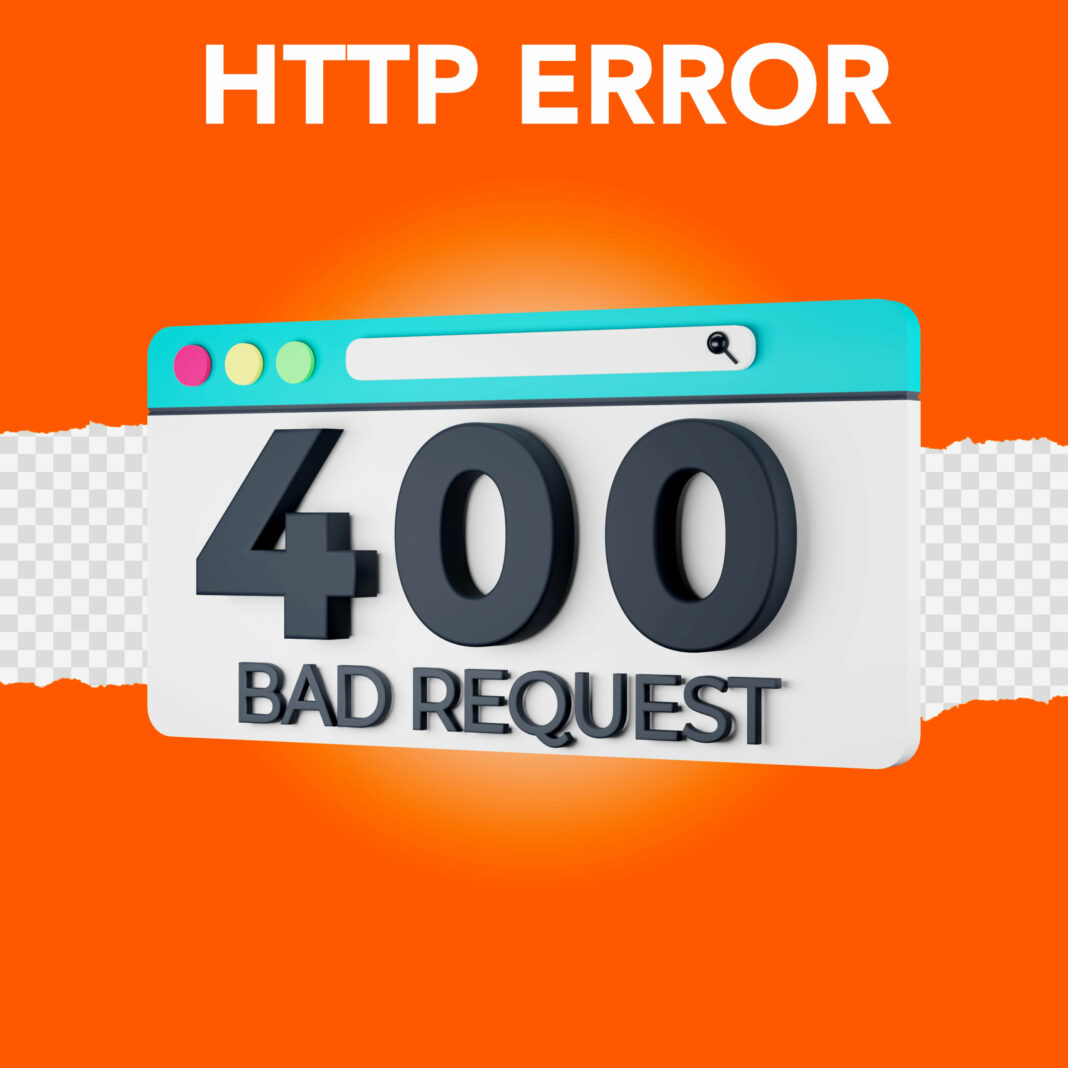Best ways to fix Status Code 400 Errors will be descried in this article. A client issue is indicated by a 400 Bad Request from the Hypertext Transfer Protocol. The server returns an HTTP status code 400 when the client submits an invalid request to it. A high percentage of 400 errors, which are typically the result of an erroneously typed URL, can significantly impact a website’s usability.
Best Ways to Fix Status Code 400 Errors
In this article, you can know about Best Ways to Fix Status Code 400 Errors here are the details below;
Background
The server cannot or will not perform the request because of what is thought to be a client error, as shown by the 400 (Bad Request) status code.
The server must return the exact 4xx code in response to an incorrect request if it is received. Also check Fix PS4 Controller Drift
Common Causes

A 400 Bad Request error typically results from typing the incorrect URL into the browser’s address bar or from mistyping the address of a link when moving between pages.
How to fix 400 Errors

Check that the entered URL is Correct: The target URL must exist, and the URL and link syntax must be accurate. To crawl a website and verify that all link targets have a 200 Success code, utilise Ryte’s Website Success.
Clear your DNS Cache: The problems can be visible because your computer has old DNS records stored. To accomplish this, run ipconfig/flushdns from a Command Prompt.
Clear your browser cache: Delete the cache on your browser: Another possibility is that the 400 status code issue is still present on your cached copy of the website. You can address this issue by clearing the cache in the History section of your browser.
Clear your browser’s cookies: You might also clear your cookies when you’re in the History section of your browser. When you encounter a Bad Request error on a Google website or service, this is the best course of action. Also check Ways To Fix Roku TV Volume Too Loud On Lowest Setting
All 4xx status codes listed
The following errors have the status code 4xx:
* 400 Bad Request: Any faults with the status code 4xx denote a faulty client-server request.
* 401 Unauthorized: The client must approve this request to the server. Logging in is often how to achieve this. The status code 401 (unauthorised) and instructions show if a user still attempts to access the password-protected resource.
* Payment required for 402: Future use of this status code is intended. It will state that money is required in order to view the content, and that access will be granted only after payment.
* 403 forbidden: Even with valid login information, access is prohibited. This may occur, for instance, if a website is accessed over HTTP but is actually set up using HTTPS.
* 404 not found: The 404-error is one of the most often seen status codes. It serves as a warning that a requested link is unavailable. A soft 404 error occurs when the error page displays an HTTP status code other than 404.
* 405 method not allowed: The incorrect request method was used to submit the request. The response contained within the error code explains the necessary method, such as GET or POST.
* 406 not acceptable: In this instance, the server is unable to provide the format that the client has requested. The server response contains information about the content type.
* 407 proxy authentication required: Like status code 401, this code indicates that the server needs the client to authenticate them in relation to the proxy server they are using.
* 405 request time-out: If the client was unable to send a complete request within the time frame specified by the server, a 405 request time-out error code is displayed.
* 409 conflict: Because this client request was made under false pretences, the server has refused it. If the resource has changed, this status code might be displayed.
* 410 Gone: When a user sees the status code gone it denotes that the resource is either no longer accessible or has been destroyed.
* 411 length required: If this error code displays, the client request cannot be processed until the content length is supplied in the header.
* 412 Precondition failed: This instance because the requirement was defined in the request, which is inappropriate. (For instance, if match)
* 413 request entity too large: This signifies that the server in issue was unable to handle the request due to its size. The request to try again later may be included in the server response.
* 414 request-URI too long: The request’s length prevents the server from responding. Overuse of redirects is frequently to blame for this.
* 415 Unsupported media type: The requested media type is not supported, hence the request cannot be processed.
* 416 request range not satisfiable: This error code (416, request range not satisfiable) signifies that a portion of the requested resource is either invalid or no longer available.
* 417 expectation failed: If the “expect” field of the header specifies a specific request that the server is unable to fulfil, this code will be printed.
* 422 unprocessable entity: This code denotes the inability to process the request. Semantic mistakes rather than media type issues, like in the case of 415, could be the cause of this. Also check Steam Keeps Crashing on Windows
* 423 locked: The requested resource is momentarily unavailable due to lockout.
*424 failed dependency: Failed dependence” is returned, two requests were made. The second request, which was dependent on the first, was denied.
* 426 upgrade required: The client must utilise TLS 1.0 in order for the server to process this request.
* 428 prerequisite necessary: To successfully perform this request, preconditions must be met.
* 429 too many requests: If a client sends too many requests in a short period of time, the server will respond with this code. This might happen, for instance, if an SEO tool searches too many keywords on Google quickly.
*431 request header fields too large: This status code appears if the length of the header field or the entire header has been exceeded.
